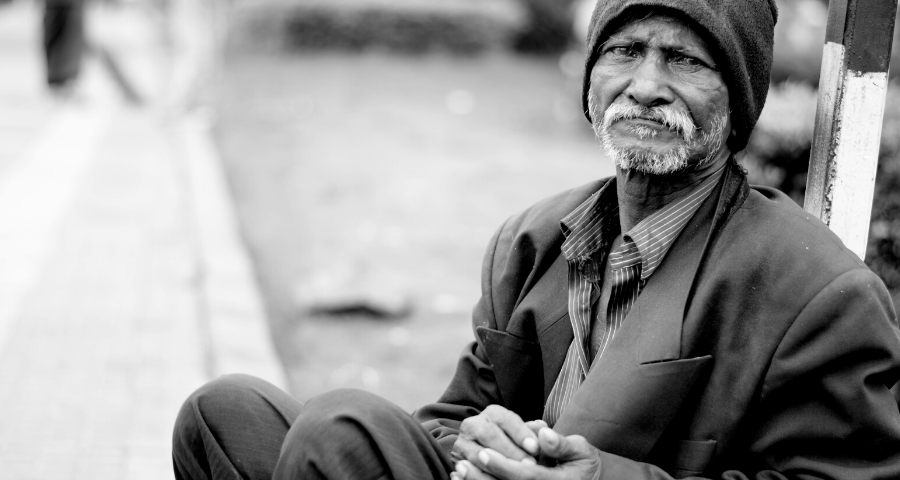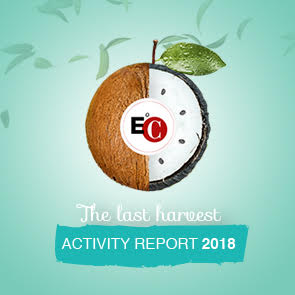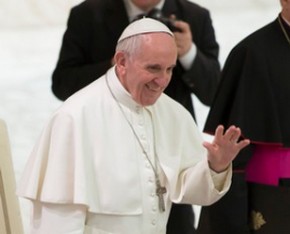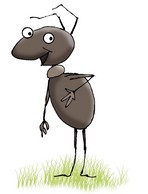The ATD Fourth World report on the hidden dimensions of poverty is based on the intersection of the knowledge from those who have known poverty and experienced it first hand, and the knowledge of those who have had the opportunity to touch it through their work and involvement in social actions of various kinds and of those who finally analyse it at a theoretical level.
By Marta Pancheva, Leo Andringa Observatory on Poverty (Osservatorio sulla Povertà Leo Andringa - OPLA)
“That which is essential is invisible to the eye" wrote Saint-Exupéry. Some forms of poverty "are invisible to the eye" - this is what the report "The hidden dimensions of poverty" by ATD Quarto Mondo teaches us in collaboration with a group of researchers from the University of Oxford, published in 2019. A report that is the result of a three year long process based on a real intersection of knowledge - of those who knew poverty and experienced it in first hand; of those who have had the opportunity to experience and touch it through their involvement in social actions of various kinds; and of those who finally analyse it at a theoretical level.
This is an extremely interesting and innovative study from a methodological point of view, in which people in situations of poverty, and both social and academic actors 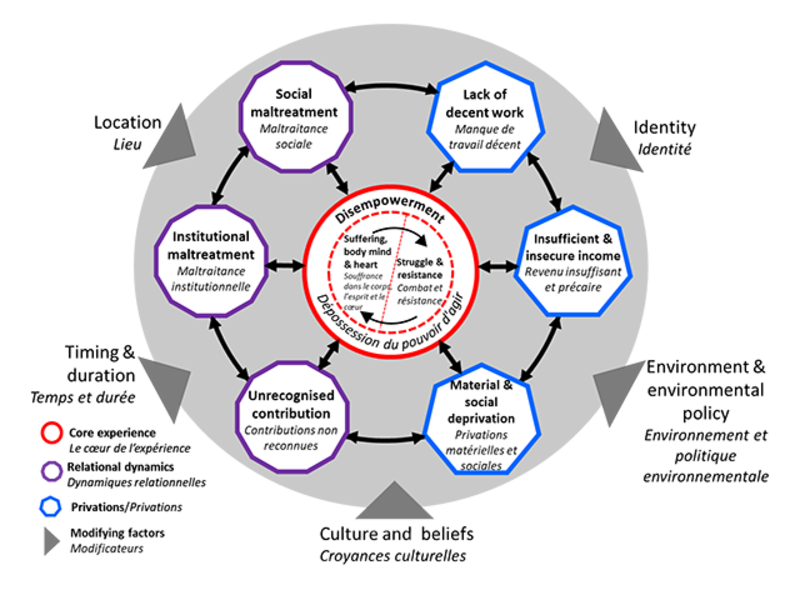 have become real co-researchers in a virtuous attempt to shed light on such a complex phenomenon. Furthermore, the study also adds important ideas to the debate on possible ways forward to "defeat all forms of poverty", as the first of the UN Sustainable Development Goals cites. It thus helps us to grasp aspects that have long remained unnoticed or marginal, without which our understanding and, consequently, even actions are destined to remain merely partial and seriously compromised.
have become real co-researchers in a virtuous attempt to shed light on such a complex phenomenon. Furthermore, the study also adds important ideas to the debate on possible ways forward to "defeat all forms of poverty", as the first of the UN Sustainable Development Goals cites. It thus helps us to grasp aspects that have long remained unnoticed or marginal, without which our understanding and, consequently, even actions are destined to remain merely partial and seriously compromised.
Hence, the research in question not only sought to give a voice to people in poverty (an exercise that is by no means trivial) and to enable them to talk and start a dialogue with important social and academic interested parties, but also to bring together different kinds of experiences of poverty made in widely different contexts. The study was conducted both in developing countries such as Bangladesh, Bolivia and Tanzania, and in industrialized countries such as France, England and the United States, discovering a surprising convergence and overlap between the distinctive features of a poor life. In particular, the research led to the identification of nine main dimensions that characterize the experience of poverty in all these apparently very different contexts.
To begin with, it starts with three forms of deprivation that are more known (and obvious), such as the inability to access decent work, insufficiency and insecurity of income, as well as the scarcity of other resources (material and social goods and services) that can compromise full participation in social life. As pointed out by one of the participants in the study, in a society where those who are more and more determined by what you have, not having so much also means not worth much.
However, the report does not stop at the aspects of a more material nature that characterize a state of poverty. Instead, it highlights six other dimensions that we can define as "new" since they are absent in the indicators used so far in this field of analysis.
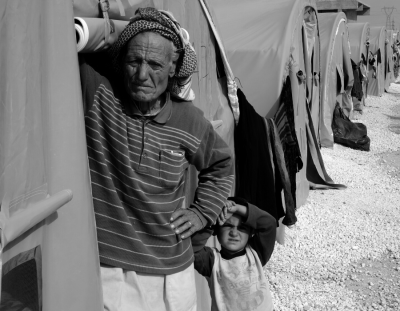 Instead, they concern what the report defines as the central experiences of poverty, including a real suffering "of the body, mind and heart" closely linked to the unsustainable lack of control over one's life.
Instead, they concern what the report defines as the central experiences of poverty, including a real suffering "of the body, mind and heart" closely linked to the unsustainable lack of control over one's life.
The daily exposure to a high degree of risk experienced by people in poverty in different parts of the world reduces, in fact, the margin of error in the face of less than savory options and strongly constrained choices that easily translate into various forms of dependence and submission. As one of the study participants points out, "poverty seems like a tangled web from which you can never escape".
Poverty, however, does not necessarily mean resignation. On many occasions, it is the engine of a real struggle, resistance in the face of adversity and the fears associated with such an uncertain future. According to the study this active, creative position of people living in poverty (so much creativity is in fact needed to make the most of the limited resources available), is often unfortunately not seen by others. Society still does not recognize the knowledge, skills and social contribution made by people living in poverty and so their efforts remain largely invisible.
This is precisely one of the three relational dimensions that the study identifies. Showing how the experience of poverty is strongly conditioned by the way, in which different individuals and groups within a society perceive and treat each other. As pointed out by one of the participants in the research, being looked at "from above" implies a presumption that the "poor" have nothing good to offer to the life of the community. This vision nurtures various forms of institutional and social mistreatment and often represents the, more or less explicit, expression of a series of prejudices, sometimes intertwined with cultural beliefs, which easily lead to discrimination, abuse and stigma.
Poverty closely concerns the identity of those who live it. The way in which one is seen by others can also profoundly influence a person's vision of him or herself. 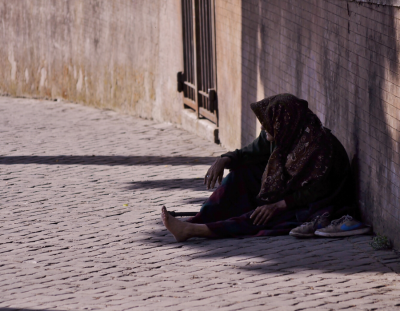 Some of the participants recount how this gives way to real feelings of guilt due to the feeling of not being able to "to give to others". Other times, it is precisely in the act of sharing what little they have, that those who find themselves living in poverty find a way out of these sentiments.
Some of the participants recount how this gives way to real feelings of guilt due to the feeling of not being able to "to give to others". Other times, it is precisely in the act of sharing what little they have, that those who find themselves living in poverty find a way out of these sentiments.
All this shows us just to what extent poverty is not an individual affair but rather a relational phenomenon. It reinforced and made practically insurmountable by guilty and judgmental gazes but, at the same time, it also gives rise to unexpected solidarity and support that we must value and work to facilitate and promote.
Finally, it should be emphasized just how much these nine dimensions identified in the study are intimately connected, often experienced together, and interdependent. In trying to arrive at a deeper and more comprehensive understanding of such a multifaceted and complex phenomenon, it is essential not to lose sight of the way in which these different aspects intertwine and shape each experience of poverty in its uniqueness, in the same way every human life is unique and unrepeatable. The degree to which we are capable of doing so is a direct reflection of our image of society and its maturity.
The "The hidden dimensions of poverty" report is available (in English, Spanish and French) at: https://www.atd-fourthworld.org/who-decides-how-we-define-poverty/. Written in a simple and easily approachable language, we strongly recommend it to anyone who wants to learn more about these issues.
Download the study in pdf (in English)
The Hidden Dimensions of Poverty - ATD Fourth World

